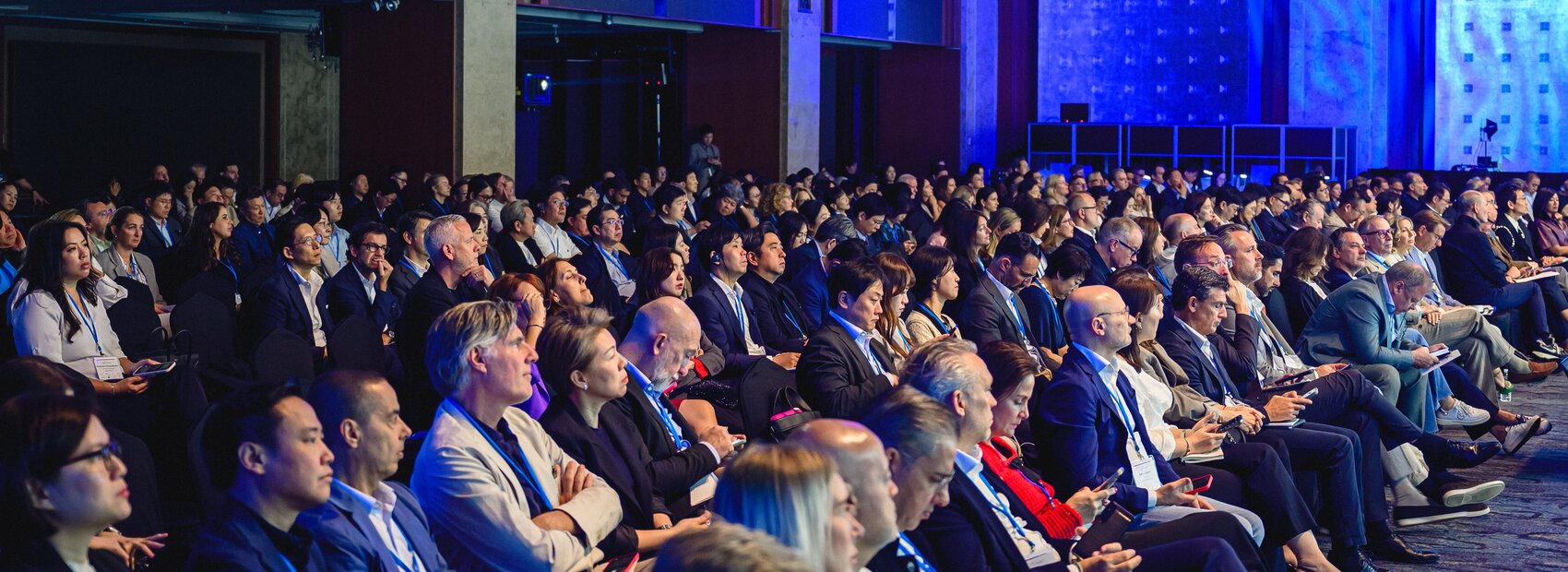NielsenIQ data shows that for the first time, online sales have surpassed 50% of the beauty business, growing 18.7% year-over-year through August, while in-store sales remained relatively flat during the period. Amazon continues to see double-digit sales growth, with beauty sales on the e-commerce platform growing 22% versus the last 12 months. The growth can be seen across the board — from skin care to fragrance and beyond. Amazon has also reached 83% online beauty penetration, with 83% of people who have shopped for beauty online in the last year buying something during the July Amazon Prime Day Sale.
Furthermore, ‘the line between prestige and mass retail is now pretty much invisible — 99% of prestige beauty shoppers also buy beauty at mass retailers, and everyday categories like facial cleansers and shampoos are driving this crossover.’NielsenIQ surveys show just 14% of U.S. beauty consumers think pricier products work better; 68% of purchases made via social commerce platforms like TikTok Shop are impulse-driven, and 84% of shoppers report ‘having a good or even excellent experience on social [shopping] platforms. There are respective advantages driving performance at traditional retailers, though. For Ulta Beauty, those include the rewards program and accessible locations; at Sephora, exclusive brands are a key differentiator; at Target, breadth of assortment, and Walmart, ‘low prices, especially during this economic environment, are key.

